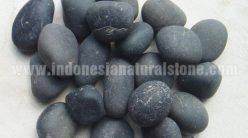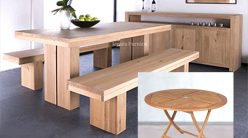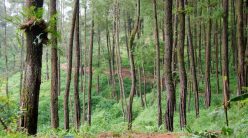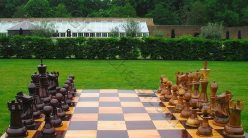americanartifacts.com
PURPOSE
The use of artificial nests to attract barn swallows to a new site depends on their acceptance of these nests. To test the acceptance of artificial nests by barn swallows, the nests were offered to our colony of swallows, who also had access to old nests and plenty of unused space to build new nests.
METHODS
What had begun this winter as a nesting shelf project to encourage multiple nestings of barn swallows has evolved into something quite different. My goal was to make a small nesting shelf that fit the swallows’ requirements while blending in with the architecture of a house. The idea was that more people would be willing to place multiple swallow shelves on their house if they appeared to be a part of the house. At the same time, I took careful measurements of 40 swallow nests and began making a variety of artificial nests. The nests were made of various materials molded over a wire form secured to a backboard which could easily be screwed to a wall. Even if it turned out that these nests would not be used, they might encourage swallows to build their own nest nearby, sort of acting as a decoy.
A portion of the swallow colony room was modified for the shelf and nest test. A plastic tarp was stapled under the joists, covering both the old nests and the joists upon which the nests were built, effectively making a new lower ceiling. The locations of the old nests were noted so I could avoid placing a shelf or artificial nest directly under an old nest to rule out nest site fidelity as an important factor in the swallows’ selecting a new site. Simulated walls were then constructed of sections of cheap paneling secured to 2×4’s to provide a slick surface similar to modern plastic or painted siding. The partitions extended down 24″ from the ceiling. The other side of the colony room was left unchanged, making available both previously built natural nests and plenty of unused space on the hand hewn beams for building new nests.
When our swallows began to return (a week late this year), several of the turned shelves were mounted on the panels. The swallows immediately began dabbing mud on each shelf. No other nest building activity was noted. Happy that they were apparently claiming the shelves, I mounted several artificial nests between the shelves, but no closer than 4 feet from them or each other. The swallows instantly began adding mud to the nests and ignored the shelves, except to use as convenient perches. I decided to place the artificial nests lower than the 1 1/2″ rim to ceiling distance required, in case the swallows needed to add some mud as part of the nest building ritual. Most of the nests in use have the rims built up. I haven’t measured the exact height of their mud additions yet. I plan to move some of the unused nests up to the 1 1/2″ clearance for the second nesting to see what happens.
RESULTS
On May 19, 2001, 7 artificial nests had eggs and 2 previously built natural nests had eggs. No new nests had been built, either on the beams or on the new shelves. By May 31, 2001, nine artificial nests had eggs or young and 3 natural nests were used. and still there was no new nest construction. Two of the artificial nests in use were mounted in the undisturbed area on the side of the beams. The other seven were mounted under the tarp on the simulated walls. There are still plenty of both unused artificial and old natural nests available. Several more pair are likely to nest soon and, later, the second brood is often reared in a different nest, so much more will be happening this summer.
The overwhelming acceptance and even preference for the artificial nests among the swallows in our barn colony suggests that these nests may play an important role in attracting swallows to new sites. Just as important, those people finding a swallow nest blocking their front door or or otherwise causing a problem may find that placing an artificial nest off to one side of the door or even on a different wall may be the surest way to coax the swallows to move.





